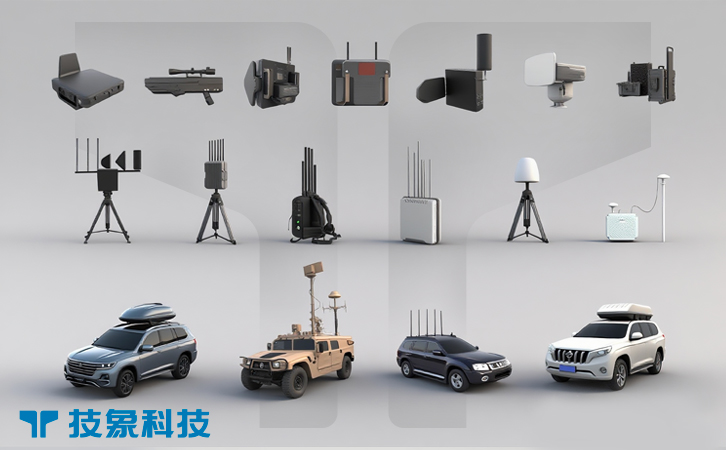Drone-Capture Drones: Interceptor UAVs for Active Pursuit and Neutralization
Drone-capture drones deliver agile, pursuit-based neutralization for rogue UAVs, matching their speed in 2025’s dynamic threats.
Drone-Capture Drones: Interceptor UAVs for Active Pursuit and Neutralization Read More »

